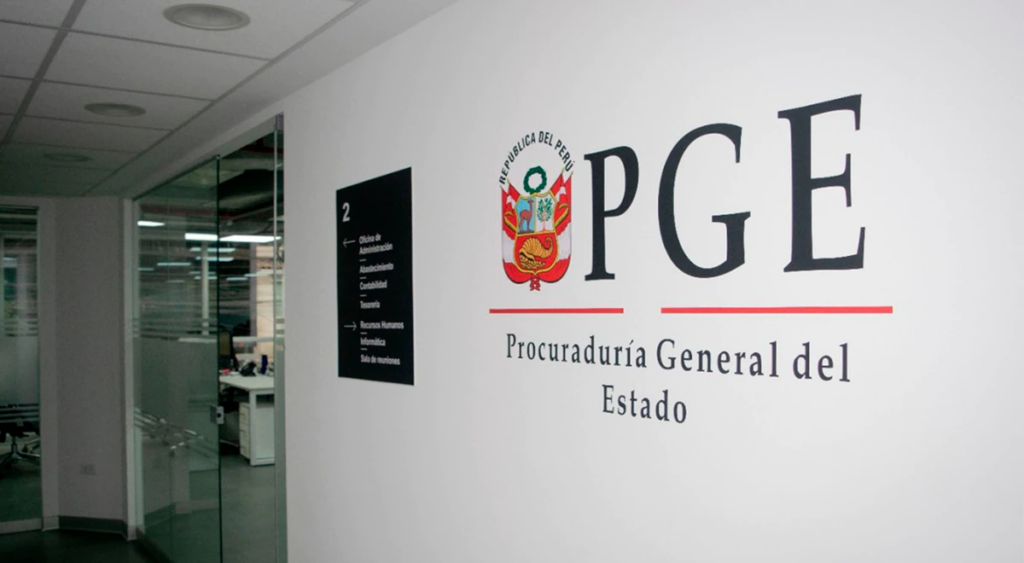In the battle for world supremacy, the victorious countries will be the ones that control the technology behind artificial intelligence and this technology it is underpinned by the small electronic chips that are the building blocks of processors.
The fight for the dominance of artificial intelligence arises as a result of the prediction, shared by scientists, businessmen, political leaders and military strategists, that it will be very difficult for a nation to occupy a leadership position if it depends on other nations to operate its essential sectors. . It could do without artificial intelligence, but then it would not be able to compete in cutting-edge industries, those with higher added value, being relegated to primary segments with low productivity. In order not to be left behind, it would have to be linked to a country that can supply it with artificial intelligence systems, becoming part of its economic and political periphery.
The first encounters in the battle are taking place between China and the US. The former is seeking to develop its own production of advanced chips, but the latter is doing everything in its power to delay it. Hence the restrictions on the export of chips manufactured by AMD, NVIDIA and other companies, as well as that of programs and equipment for the design and production of state-of-the-art chips.
The alliance proposal known as CHIP-4 is also part of this strategy, with 4 being indicative of the number of participating countries. The goal of the US is to form an industrial alliance with Japan, South Korea and Taiwan, aimed at limiting or preventing China’s access to critical technological processes, which would amount to a more focused version of the broader Pacific Alliance, torpedoed by the Trump government.
At stake are vital issues such as cloud computing, supercomputers, autonomous vehicles, space exploration and genetic research.

















